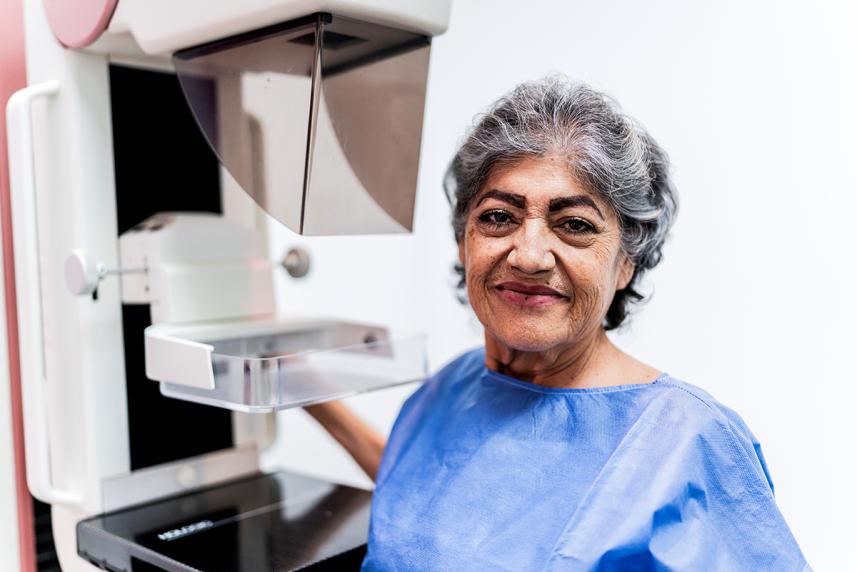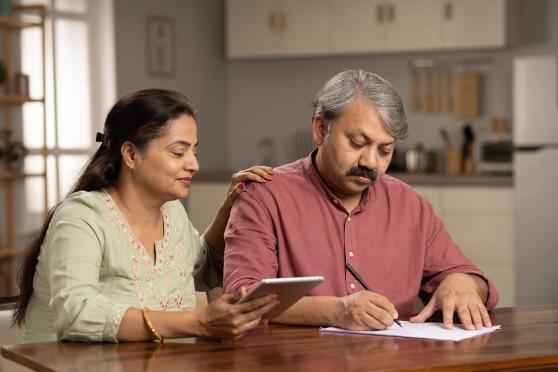Pop quiz: Are you due for a mammo?
October is Breast Cancer Awareness Month — the perfect time to make sure you’ve had your screening.

One in eight women in the U.S. will develop breast cancer by age 75, and the risk is highest in women over 70, according to the National Cancer Institute. Fortunately, regular mammograms (and other breast screenings) can help find early cancers at a more curable stage.
Self-exams, once considered essential, are no longer widely recommended. “Cancer can form deep inside the breast that would not be detectable by mere touch in the early stages,” says Michael Green, M.D., an OB-GYN based in Lake Arrowhead, California. “That’s why mammography is important. The sooner breast cancer is detected, the higher the probability is that it can be eliminated.” That said, let your primary care provider know about any breast changes, such as nipple discharge or swelling. Here’s how to stay on track and how to handle a positive result.
Positive result? Take a deep breath.
Getting a positive result after a mammogram can be scary, but false positives are common. In fact, as many as 50% of women will get a false-positive result (one that isn’t cancer) over a ten-year period. To rule out cancer, you will likely need follow-up tests, such as a breast ultrasound or biopsy.
If you do receive a cancer diagnosis, Unite for HER provides free physical and emotional wellness support, including education for breast cancer patients. Learn more about registering for a Wellness Day, the benefits of complementary therapies, and how to incorporate these fully funded services into your treatment and recovery. Visit uniteforher.org.
Screening smarts
Once you pass age 55, women at average risk of breast cancer can continue with annual mammograms, according to recommendations from the American Cancer Society. Talk to your provider to decide what’s best for you.


